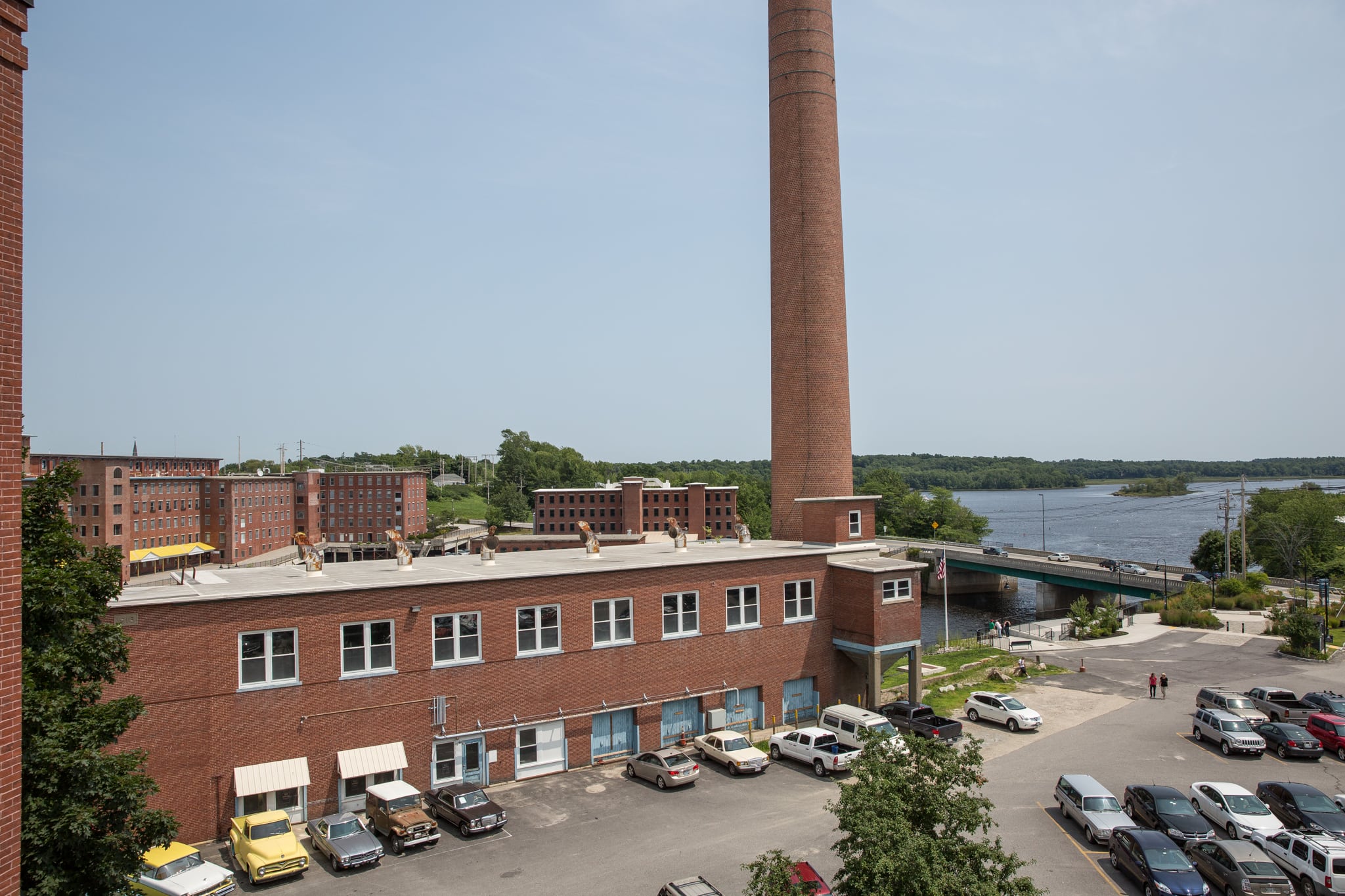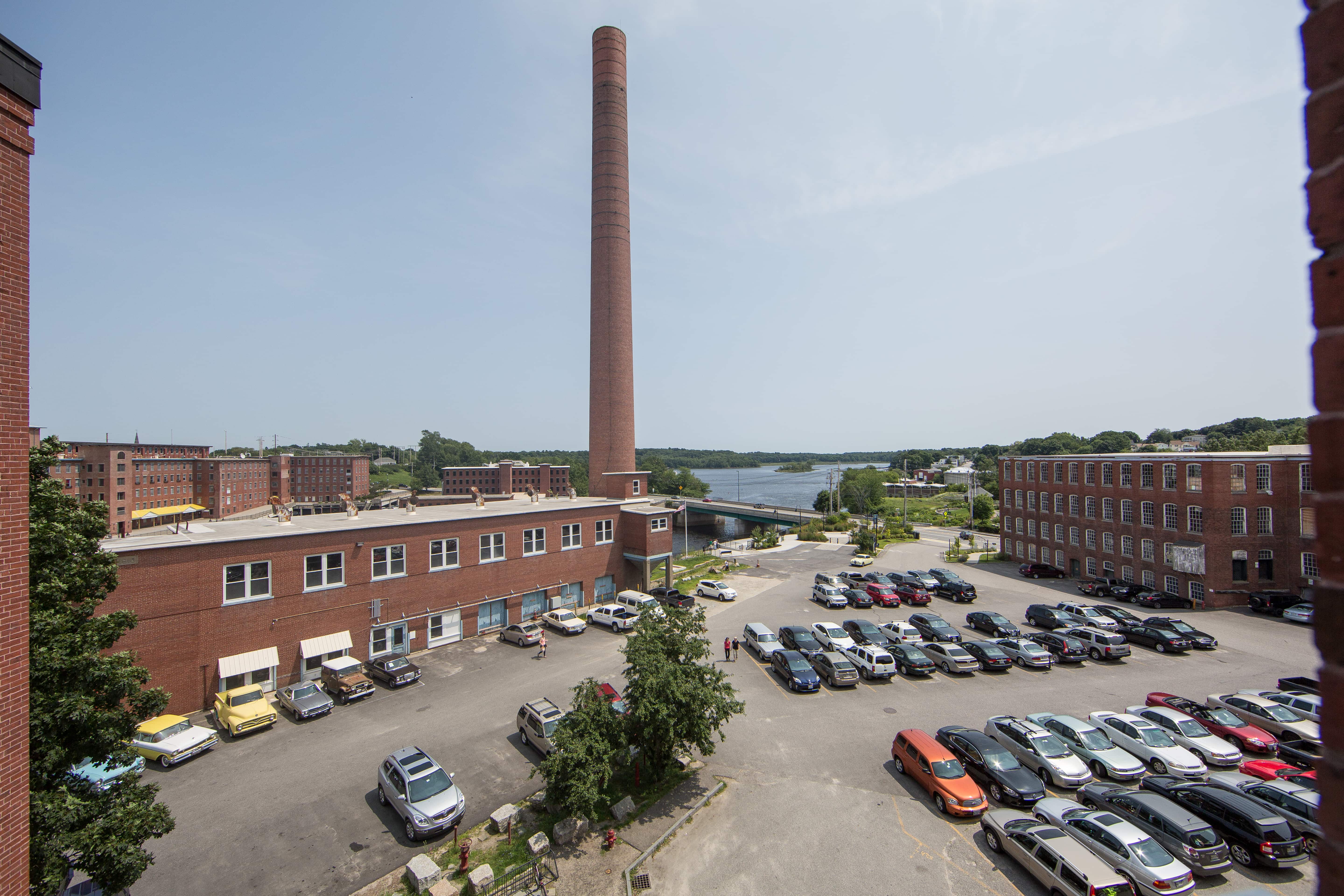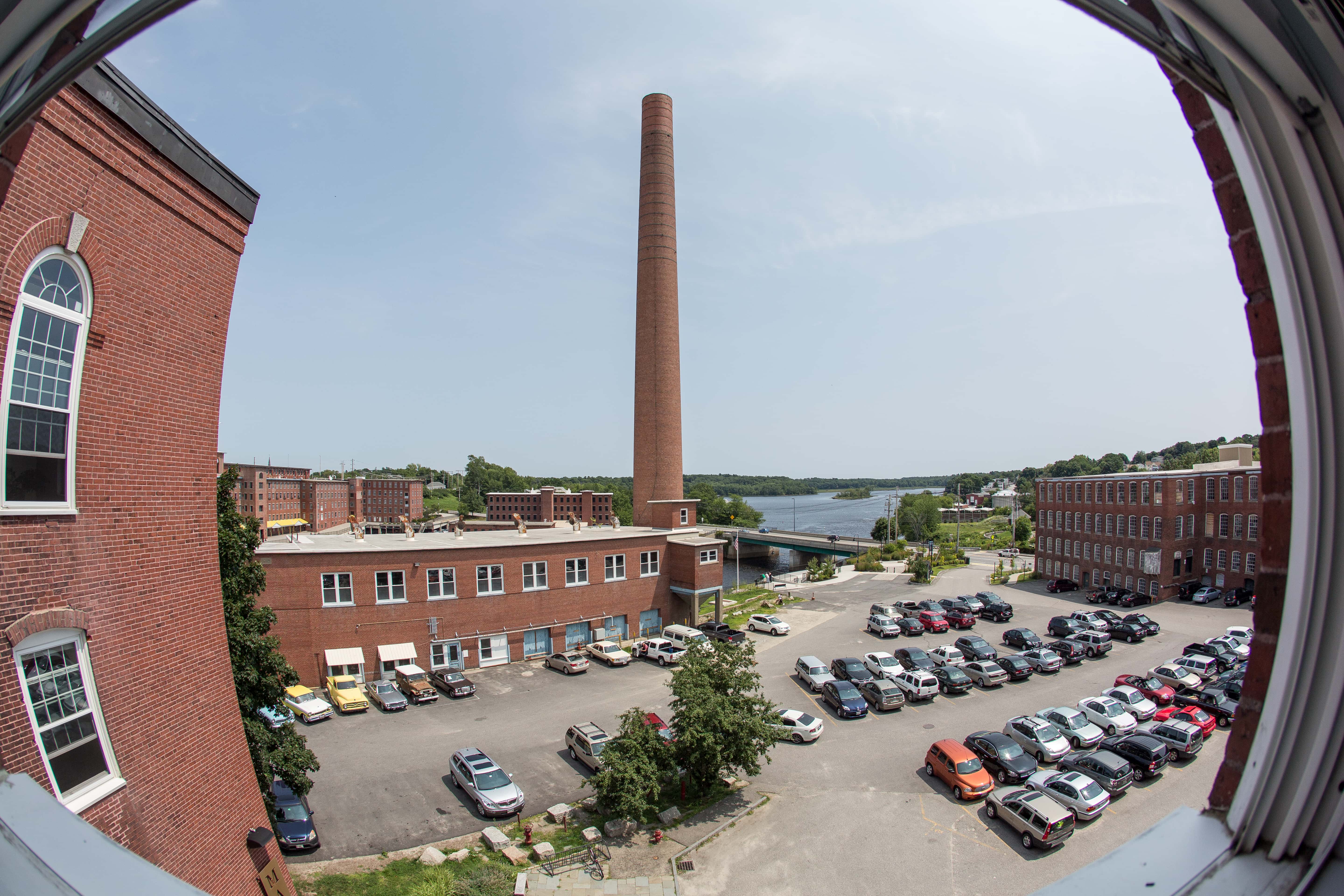Wide Angle and Fisheye Lens Primer | Maine Photographers
What makes a lens “wide angle”? What about “ultra-wide angle”? A wide angle lens is defined as a lens having a focal length less than the long side of the image sensor (or film), A full-frame DSLR has an image sensor measuring 24mm x 36mm. So, a lens with a focal length of 35mm or less is considered a wide angle lens. If a lens has a focal length shorter than the short side of the sensor, this is considered an ultra-wide angle lens. Therefore, a lens with a focal length under 24mm is an ultra-wide angle. Within the category of ultra wide angle lenses we need to further further differentiate, at the widest extremes, lenses that are “fisheye” and “rectilinear” designs. (There are others, too, like tilt-shift, but that isn’t the intent of this brief piece.) A rectilinear lens will keep straight lines straight, whereas a fisheye lens will show a distorted, “spherical” view. When a lens is a fisheye, it will be so marked. Otherwise you can assume it’s a rectilinear. A fisheye and a rectilinear ultra-wide lens of the same focal length will each “see” the object in the center of the viewfinder the same size and shape, but the fisheye and its often ~180° field of view will see a wider field. Perhaps the best way to understand further is going to be to look at following three photos of the Pepperell Mill Campus in Biddeford, each taken with the same camera at the same spot pointed pretty much to the same place, right out our 5th floor office window overlooking the Saco River.
All taken with Canon 5D mkIII, f/6.3, ISO 320
Image #1: 24mm f/2.8 lens

Image #2: Canon 14mm f/2.8 L lens (non-fisheye; i.e. rectilinear)

Image #3: Canon 15mm f/2.8 fisheye
Note, as the text eluded, comparing Image #2 and Image #3, the center of the image (in this case, the brick stack) is pretty much the same size… (some difference can be attributed to the slight 1mm difference in lens focal length) but things in the periphery of the fisheye are severely curved. A fisheye lens can often include so much all around you that you have to be careful to keep your feet out of the photo. The effect has many applications where this is a desired look. There are plenty of times, especially when people are in the photo, that the effect is not suitable unless severe distortion of anything along the edges is desired,
As you are aware, if your DSLR camera has anything other than a full-frame sensor, all bets are off for how these lenses will look on a camera with a cropped sensor. Cropped sensors have an effective magnification factor of 1.5x-1.6x and thus even a very wide 24mm has a view like a 35mm lens would be on a full frame camera. If you aren’t sure if you have a full frame sensor it’s 95%+ likely you have a cropped sensor.
Wide angle lenses are favorites of landscape photographers and journalists. Some of my own personal favorite images from the weddings we photograph are wide angle.
The Canon 14mm rectilinear is in my hands thanks to a free loan from Canon Professional Services equipment evaluation program. It is built, like all Canon “L” series lenses, very robustly, with weather sealing, and feels as heavy as it would be if it were made of solid glass…(it virtually is!). No front filter is possible due to the convex front element. It costs about $2,200. I plan to add it to my “wish list” of gear for the next year.
